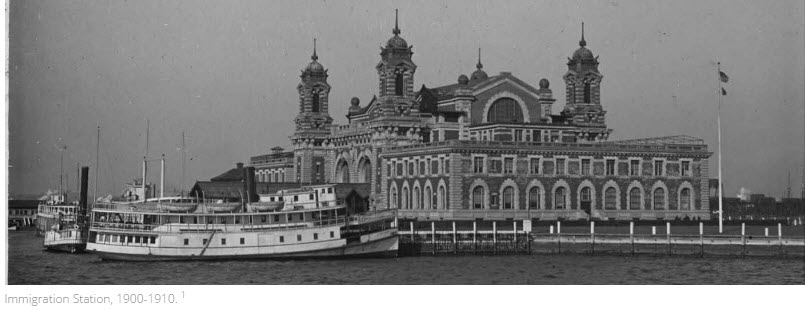History is not just a list of dates and events. But history taught well is vibrant, relevant, and engaging. And nothing brings history to life like primary sources that give students a close-up look at history as it unfolded.
Gale and Smithsonian have partnered to deliver an online resource that includes unique and seminal primary sources, including documents, maps, historical objects, and other materials from the museums and archives from the collections of the Smithsonian and from Gale’s leading digital collections: Smithsonian Primary Sources in U.S. History.
Designed for use by both teachers and librarians, this resource from Gale supports core and Advanced Placement U.S. history programs. Primary source images are hand-curated by scholars at the Smithsonian – experts who have a unique knowledge of U.S. history as seen through the Smithsonian’s valuable collections and shaped for the school curriculum by an advisory board of teachers.
See how a reviewer feels about the collection of Primary Sources:
Read moreA Remarkable Review for Smithsonian Primary Sources in U.S. History







